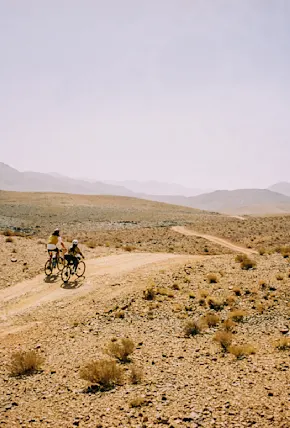Hayden Childs is a writer, photographer, and wanderer with an educational background in Environmental Science. Based out of Maine, Hayden is currently sailing around Southern Brazil, trying to make it to St. Lucia by June (but that's probably not going to happen).
Street lamps cast bands of yellow light through our blinds as smoke hangs in the air. The two of us laid on our backs in assigned twin beds.
“I don’t even know what I’m doing here,” Eli said as we both stared at the dorm room ceiling, as if an answer was embedded deep in the concrete. “I just wish I could sail away.”
“That sounds pretty cliché, but let me know when you do,” I responded.
In time I finished college, getting the education I was expected to earn. Eli left after a few semesters and began working for a charter company out of Rhode Island. We’d both found ourselves in the steady stream of life, with work and a place to call home. But the question from that night still silently hung in the back of our minds as he turned wrenches and I shingled roofs: What are we doing here?
We hadn’t spoken for almost three years, other than a brief conversation on a chairlift organized by fate on a cold Vermont day. Then in the fall of 2021, I found myself pulled into the trap that plagues so many of us, doom scrolling Instagram for a microdose of dopamine. My thumb stopped suddenly on a picture of a sailboat, posted by my old college roommate.
After a DM and a phone call, a loose plan fell into place. Over the next few months, I squirreled away cash as my employment slowly came to an end, while enduring a painful break up from my partner of three years. Slowly, I shed parts of my life to begin another. It was time to sail away.



















